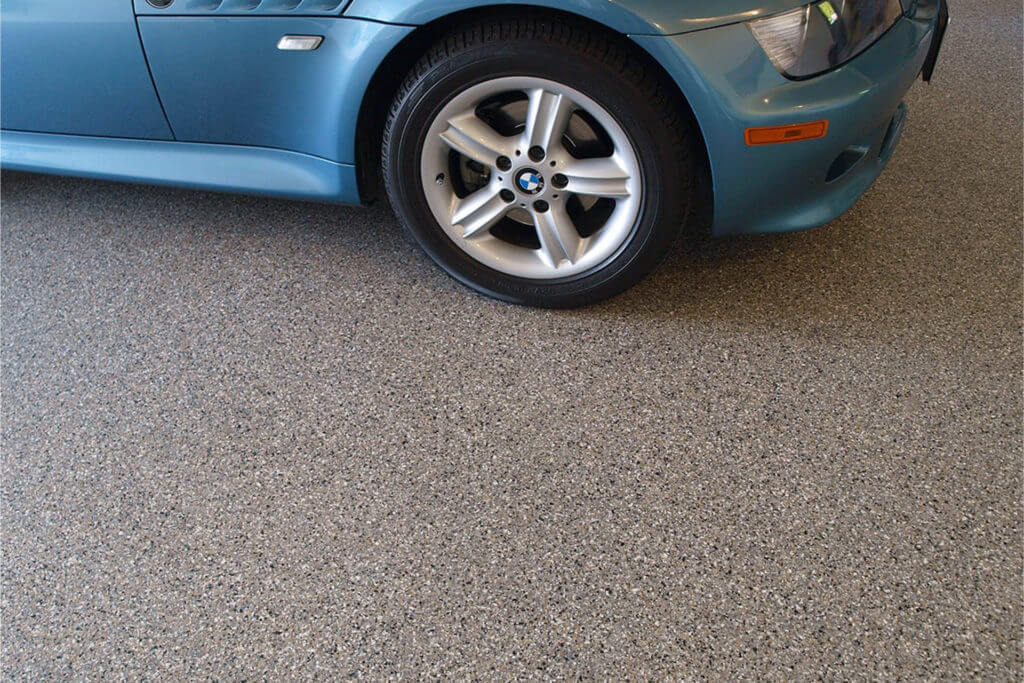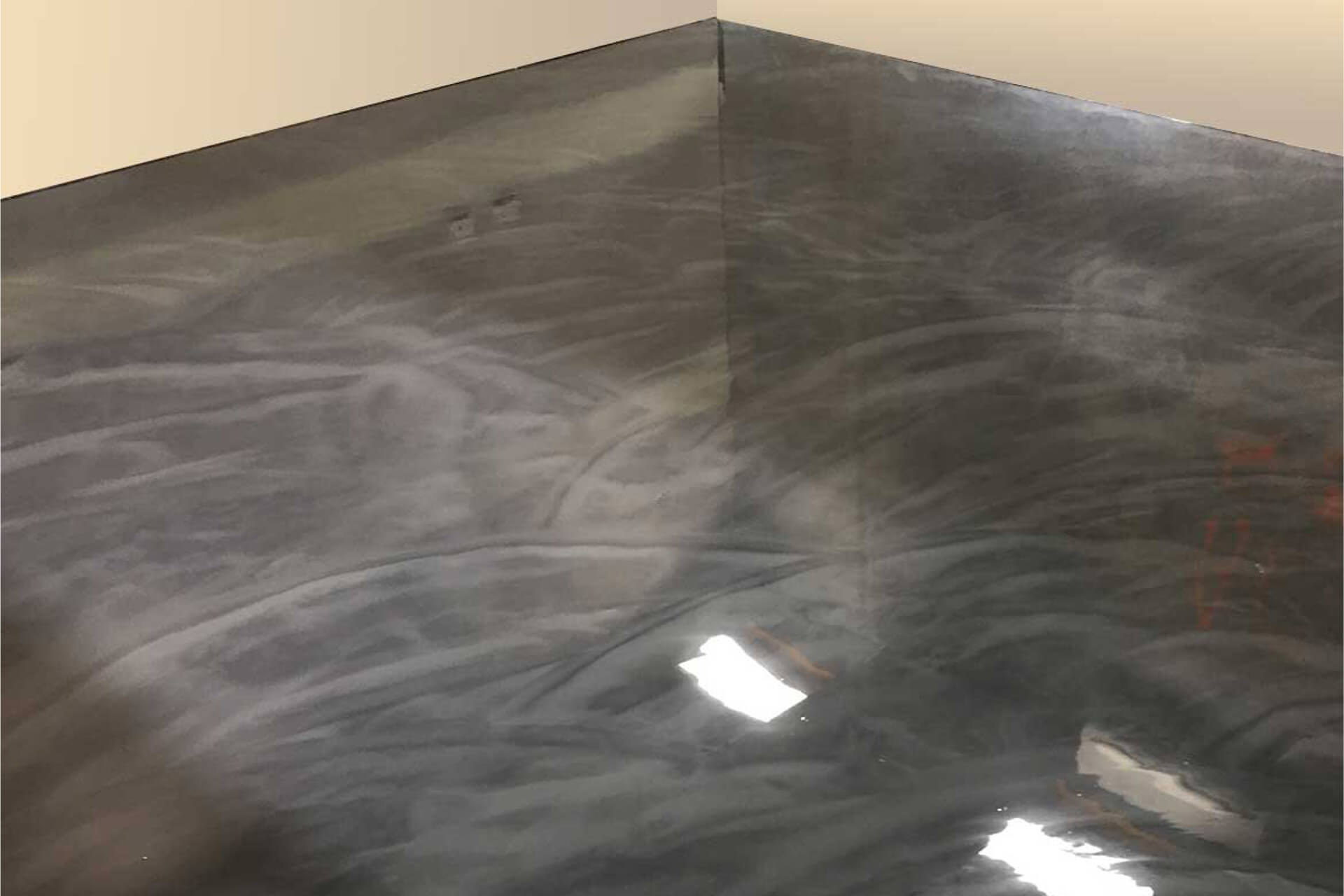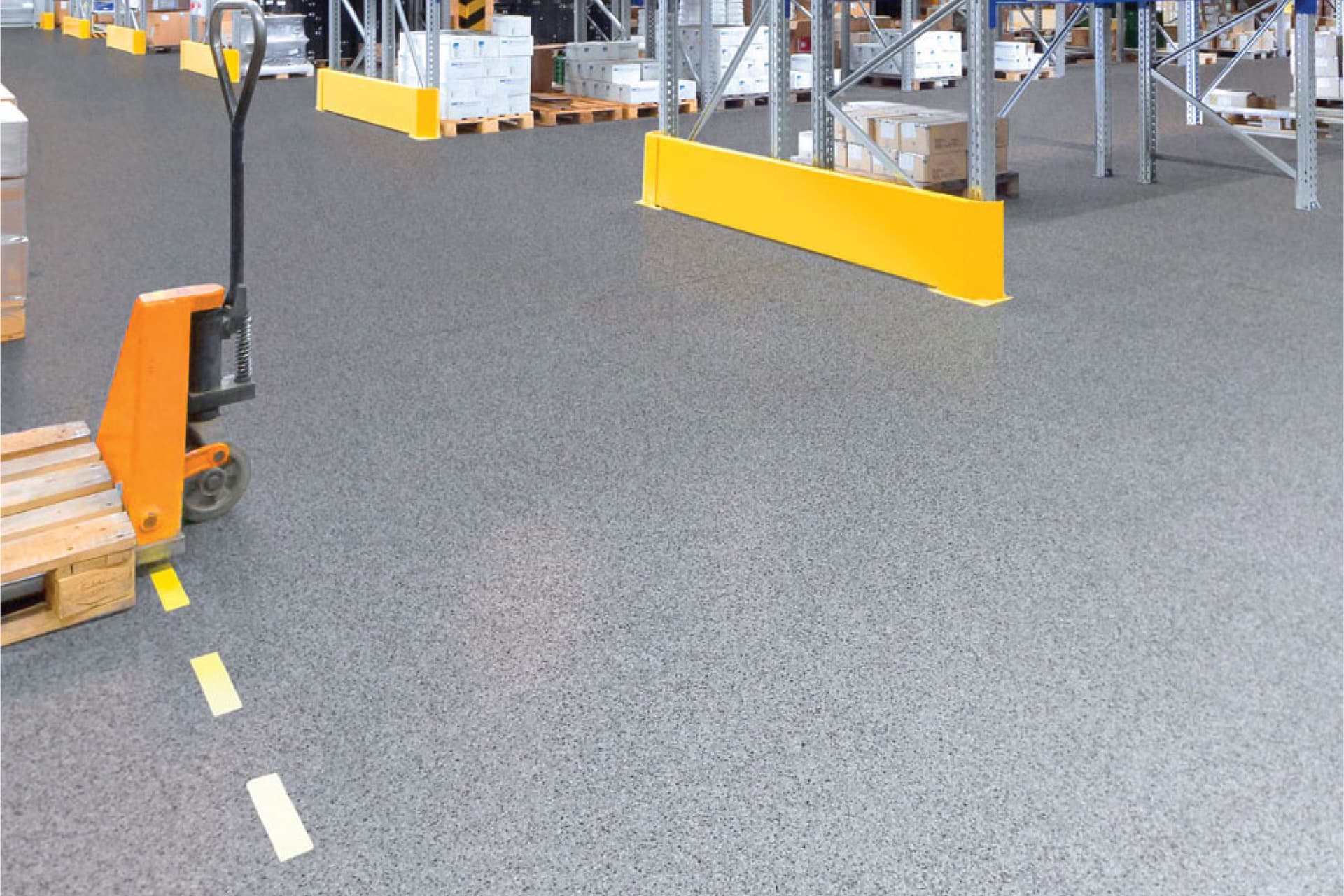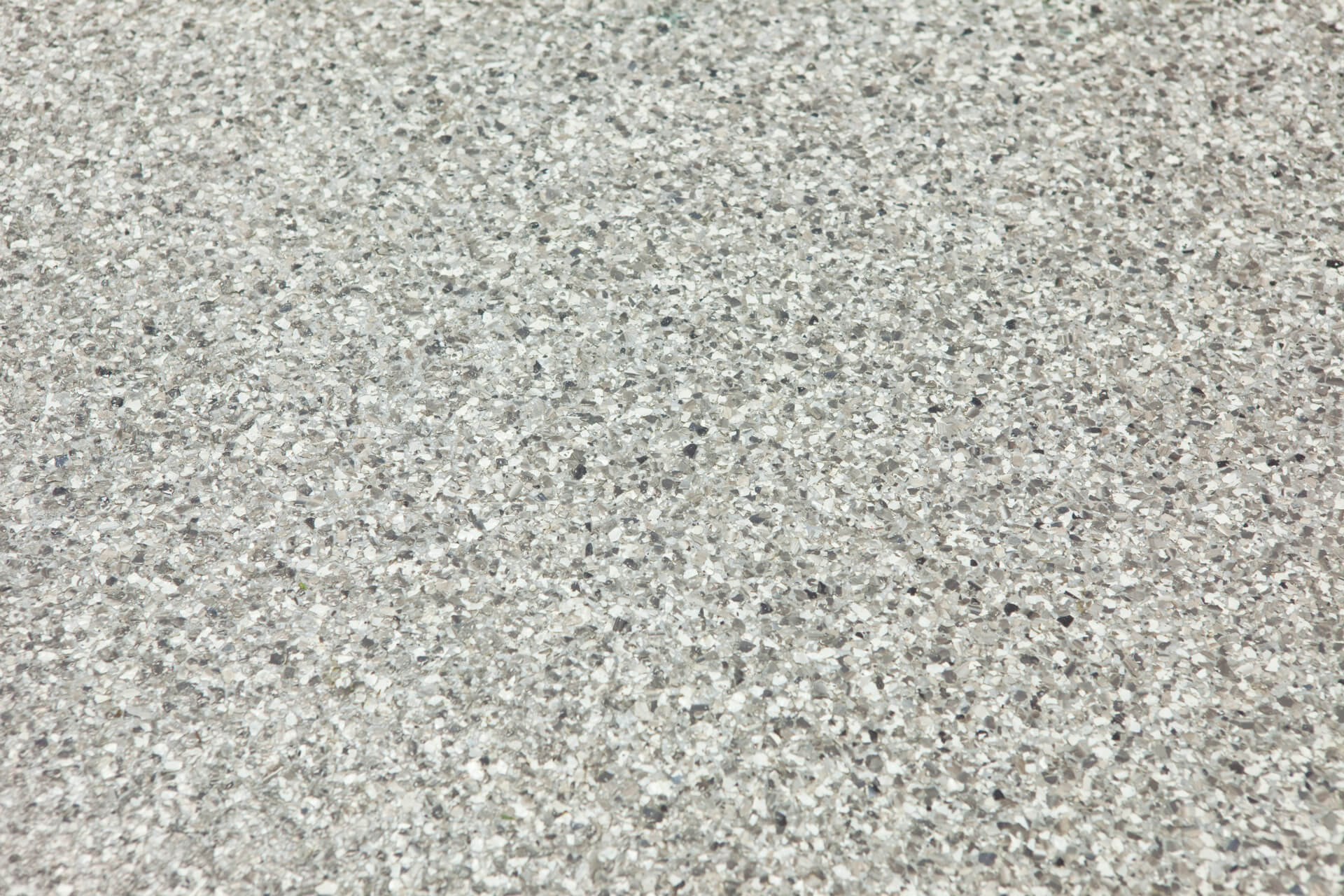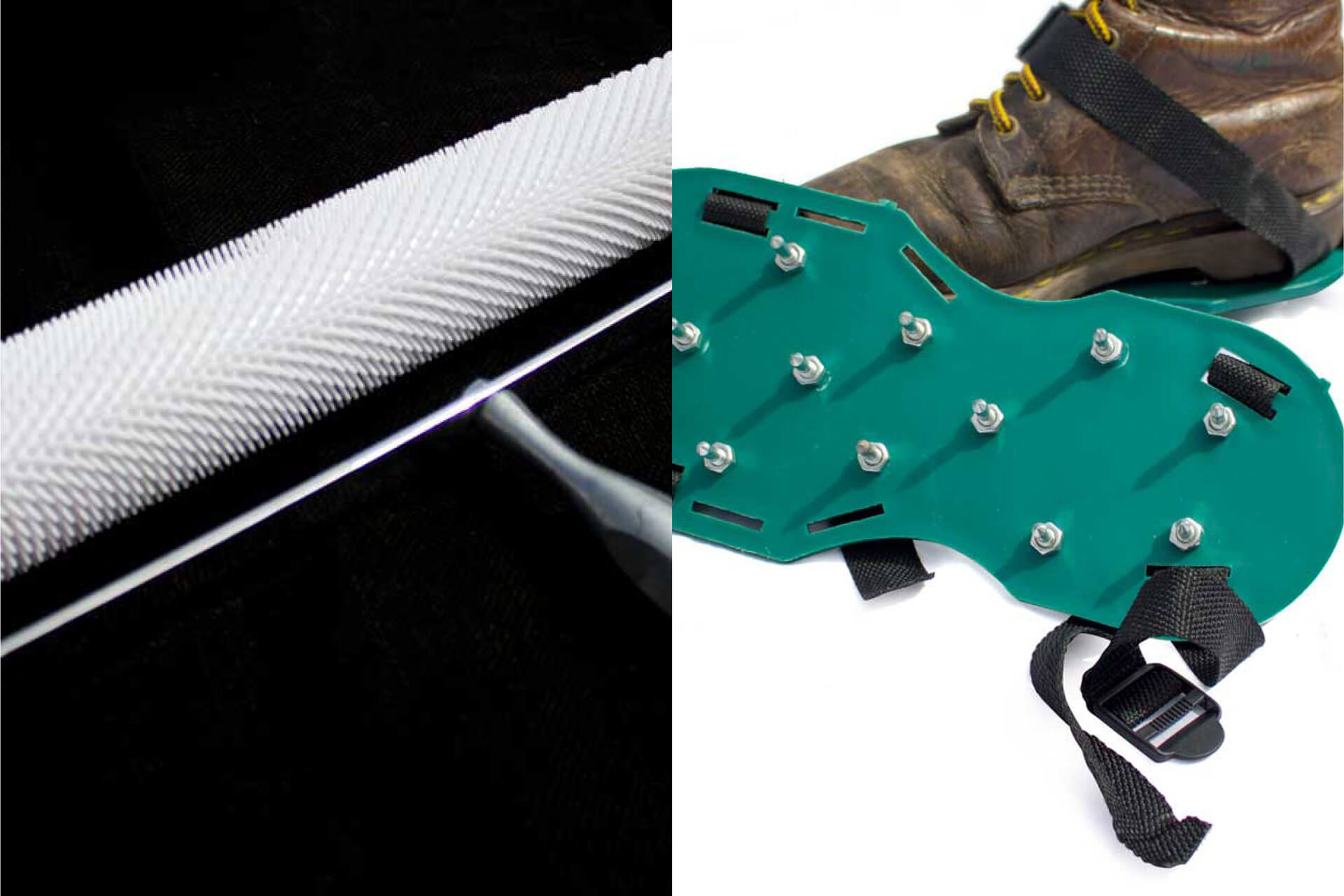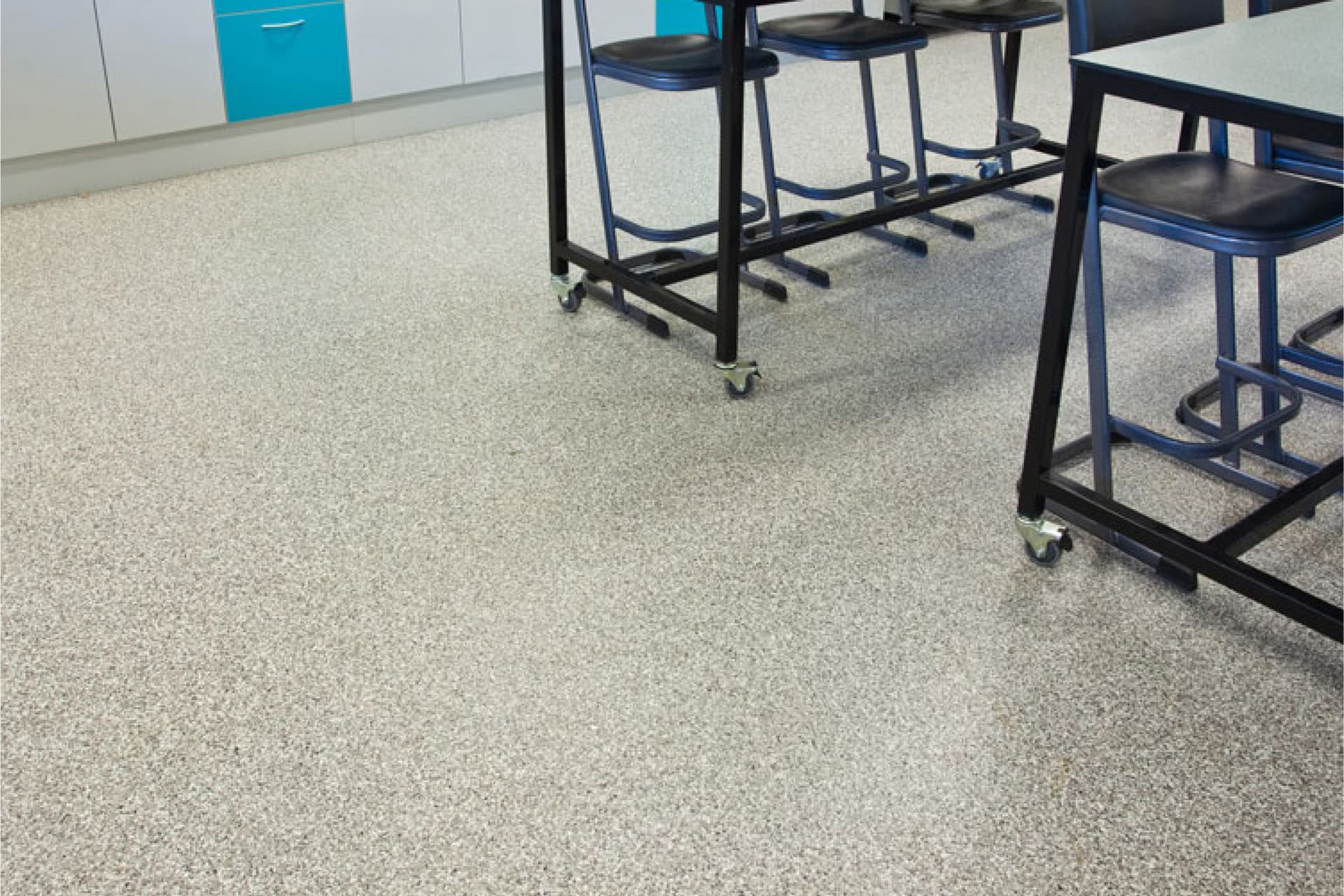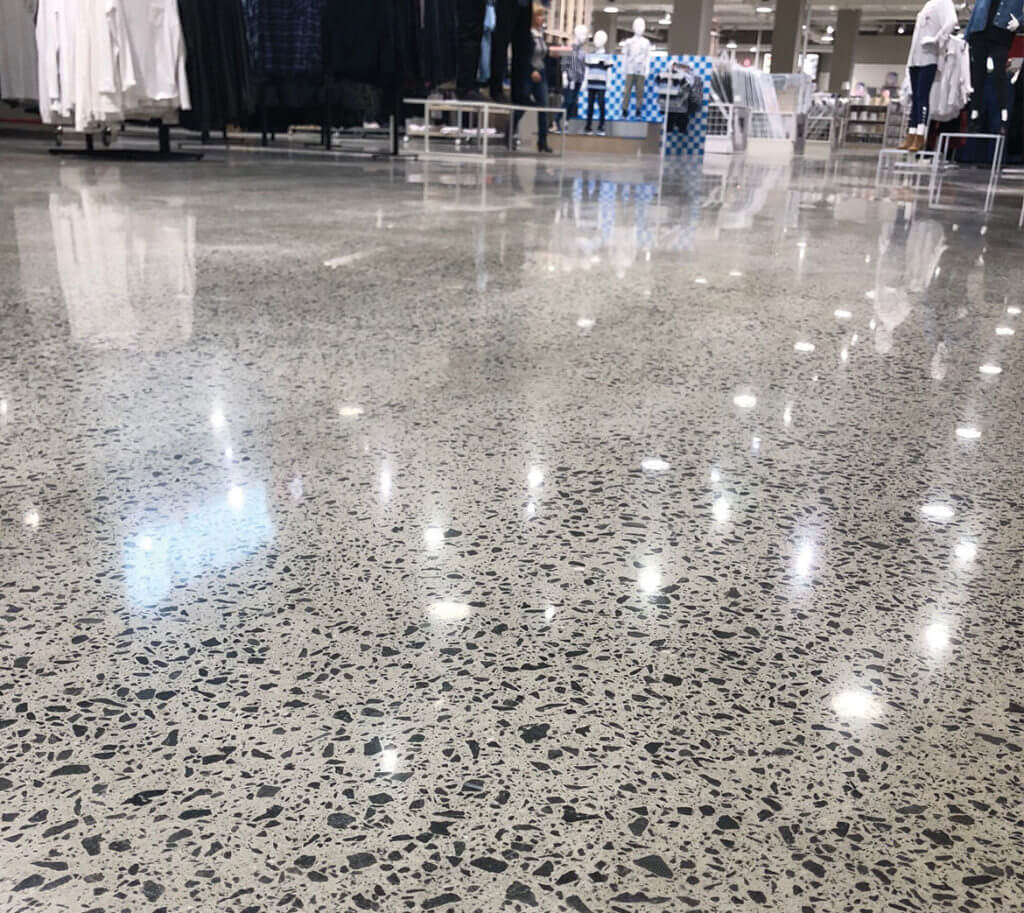Our recommended tips and tricks to eliminate them
The application of epoxies can be fraught with danger because, if the job goes wrong it can be difficult and costly to fix, not to mention the stress experienced by the applicator. Mistakes usually occur at the worst possible time, especially when there is pressure to hand the floor over quickly.
As with any of these problematic situations, prevention is the key. If you are properly prepared with the correct knowledge, tools, and products, you’ll be ready for anything.
Pinholes are usually the result of the formation of air bubbles within the epoxy as it is being applied. Although they may not be able to be seen initially and only appear after curing, rest assured they would have been present right from the start.
Below are some tips to eliminate pinholes when applying epoxies.
Moisture & Humidity
The existence of moisture and humidity can cause all types of problems, including blushing, air bubbles and delamination. It is imperative that epoxies are applied to a dry surface. The key here, is to moisture test the concrete with a moisture meter to be certain there is no moisture. Moisture meters are an essential and inexpensive tool that every epoxy applicator should use.
Concrete Porosity
Every concrete floor is different, and the porosity of the concrete plays a major part in causing air bubbles and blisters. To reduce the impact, treating the concrete with an epoxy primer/sealer is important. If the concrete is extremely porous then a second coat of primer/sealer should be applied.
Spiked Rollers & Shoes
These are two tools that every epoxy applicator should have with them and use on every job. Spiked rollers serve two purposes:
- To burst and eradicate air bubbles, blisters, and gas pockets to prevent pinholes
- To help achieve a smooth, uniform and evenly dispersed epoxy finish
Mixing Process
When mixing the two components that make up the epoxy, it is better to have the mixer operating at a low speed and to mix the ingredients a little longer. Mixing at high speed will create air bubbles within the liquid that will be transported across to the surface during application. We recommend letting the mixed product sit for a few minutes before use as this gives the product time to deaerate and merge together.
Product Quality & Adding Solvent
Most good quality epoxies contain defoaming additives, cheap products generally don’t. If you have questions about the products you are using, be sure to speak with the supplier or read the products Safety Data Sheet. Additionally, some applicators like to add solvent to the product when mixing. However, when the solvent evaporates it can be the cause of pinholes as some of the air bubbles won’t burst as the solvent vaporises. If you are adding solvent, we recommend only using a small volume and not overdoing it.
